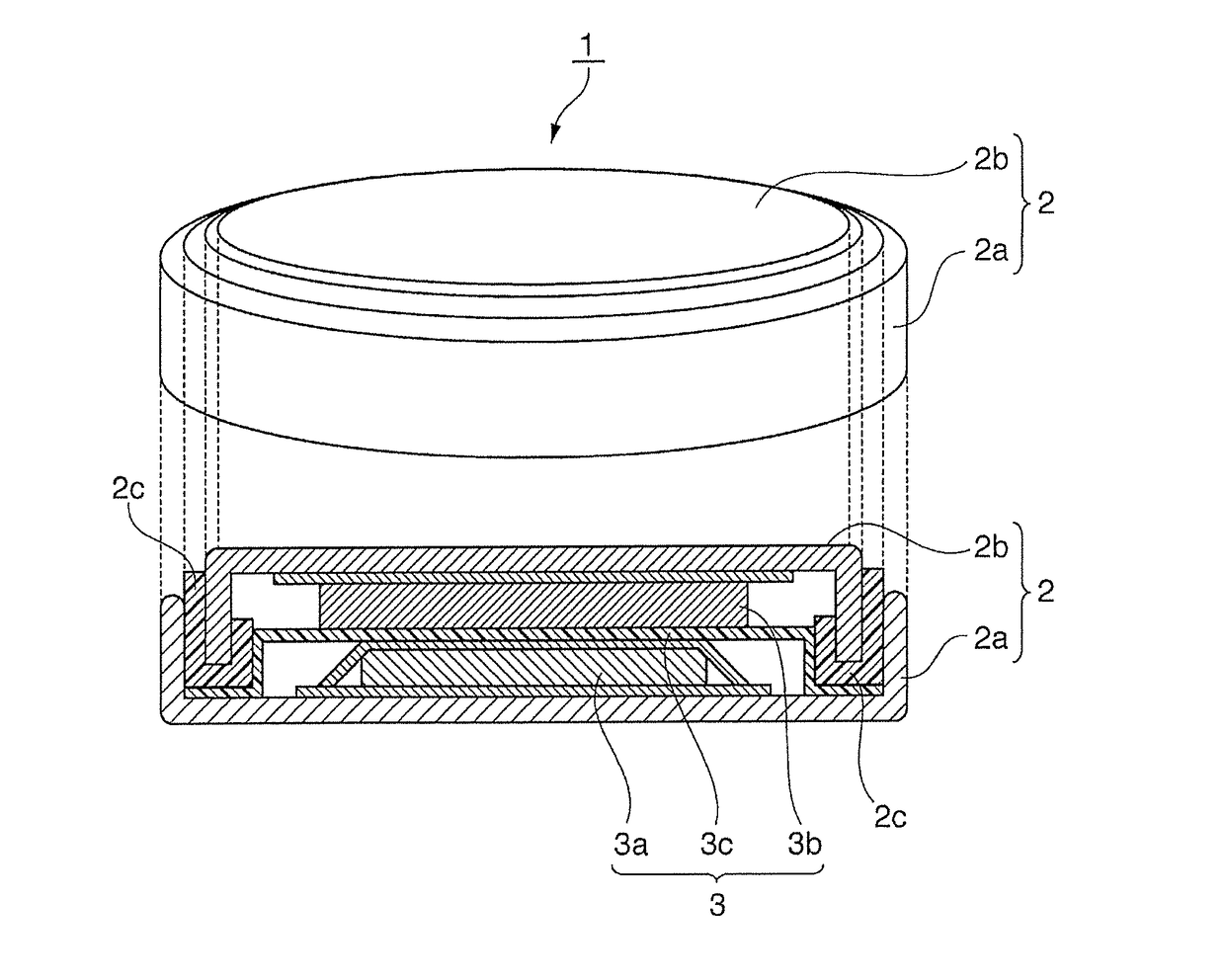Positive-electrode material for nonaqueous-electrolyte secondary battery, method for manufacturing the same, and nonaqueous-electrolyte secondary battery using said positive-electrode material
a technology of positive electrodes and secondary batteries, which is applied in the direction of batteries, nickel compounds, cell components, etc., can solve the problems of battery characteristics, resistance in charge, and battery capacity and cycle characteristics, and achieve high output, high capacity, and great industrial value
- Summary
- Abstract
- Description
- Claims
- Application Information
AI Technical Summary
Benefits of technology
Problems solved by technology
Method used
Image
Examples
example 1
[0117]As a base material of a positive-electrode material, there was used a lithium metal composite oxide powder represented as Li1.060Ni0.76Co0.14Al0.1002 and obtained by a well-known technique in which oxide containing nickel as a main component and lithium hydroxide were mixed and baked. This lithium metal composite oxide powder had an average particle diameter of 5.0 μm, and a specific surface area of 0.9 m2 / g. It should be noted that the composition was analyzed by ICP method, the average particle diameter was evaluated using a volume integral average in a laser diffraction scattering method, and the specific surface area was evaluated using BET method by nitrogen gas adsorption.
[0118]Added was 0.19 g of lithium tungstate (Li2WO4) powder to 15 g of the obtained lithium metal composite oxide powder, and then sufficiently mixed using a shaker mixer (TURBULA Type T2C, manufactured by Willy A. Bachofen (WAB)) to obtain a mixture of the lithium tungstate and the lithium metal compos...
example 2
[0124]A coin type battery was produced using a positive-electrode material for nonaqueous-electrolyte secondary batteries and battery characteristics thereof were evaluated, the positive-electrode material being produced in the same manner as in Example 1, except that 0.57 g of lithium tungstate was used.
example 3
[0125]A coin type battery was produced using a positive-electrode material for nonaqueous-electrolyte secondary batteries and battery characteristics thereof were evaluated, the positive-electrode material being produced in the same manner as in Example 1, except that, as a base material of the positive-electrode material, there was used a lithium metal composite oxide powder having a composition represented by Li1.060Ni0.82Co0.15Al0.0302 and having an average particle diameter of 13.2 μm and a specific surface area of 0.7 m2 / g.
PUM
| Property | Measurement | Unit |
|---|---|---|
| particle diameter | aaaaa | aaaaa |
| particle diameter | aaaaa | aaaaa |
| particle diameter | aaaaa | aaaaa |
Abstract
Description
Claims
Application Information
 Login to View More
Login to View More - R&D
- Intellectual Property
- Life Sciences
- Materials
- Tech Scout
- Unparalleled Data Quality
- Higher Quality Content
- 60% Fewer Hallucinations
Browse by: Latest US Patents, China's latest patents, Technical Efficacy Thesaurus, Application Domain, Technology Topic, Popular Technical Reports.
© 2025 PatSnap. All rights reserved.Legal|Privacy policy|Modern Slavery Act Transparency Statement|Sitemap|About US| Contact US: help@patsnap.com



